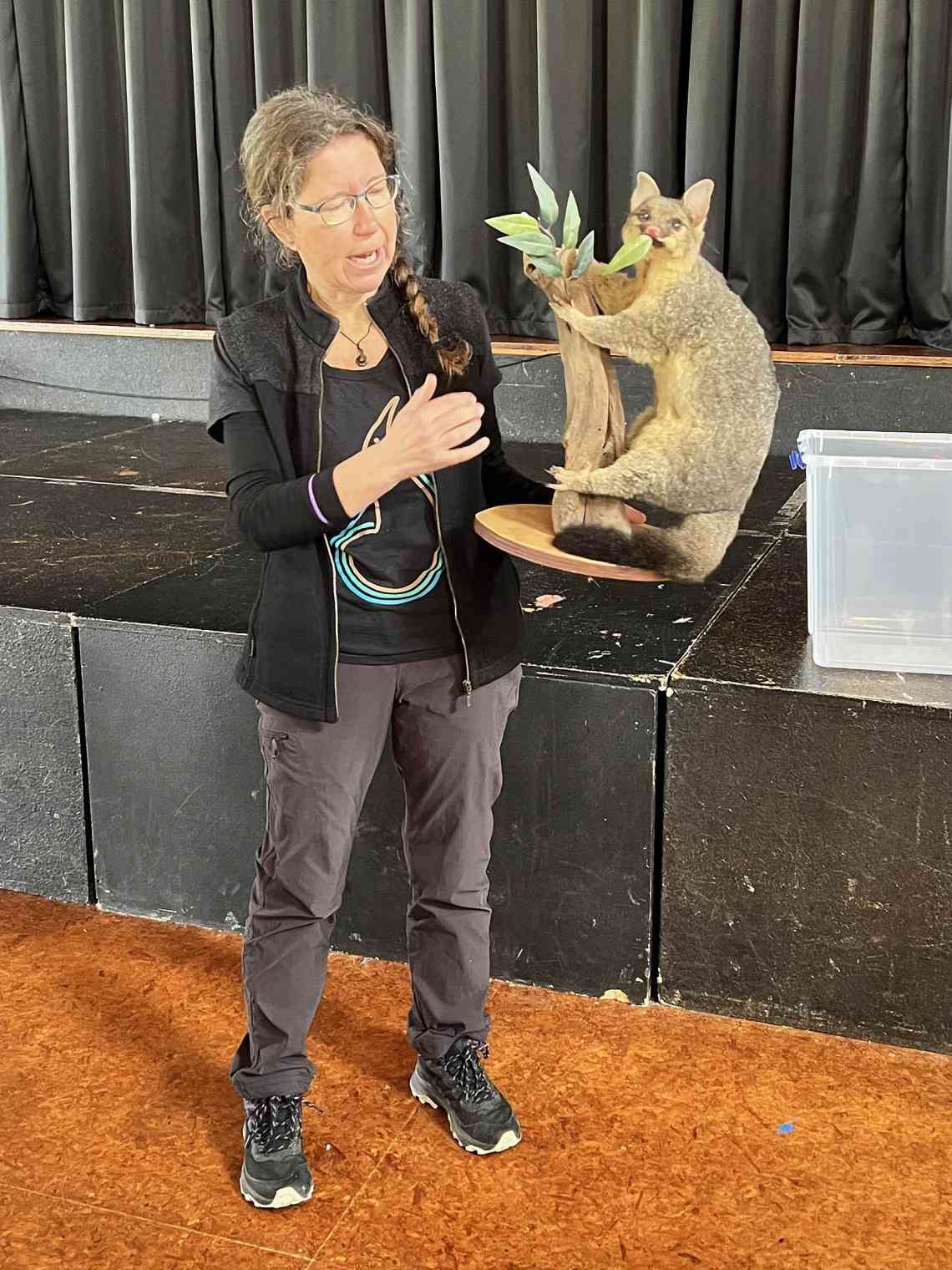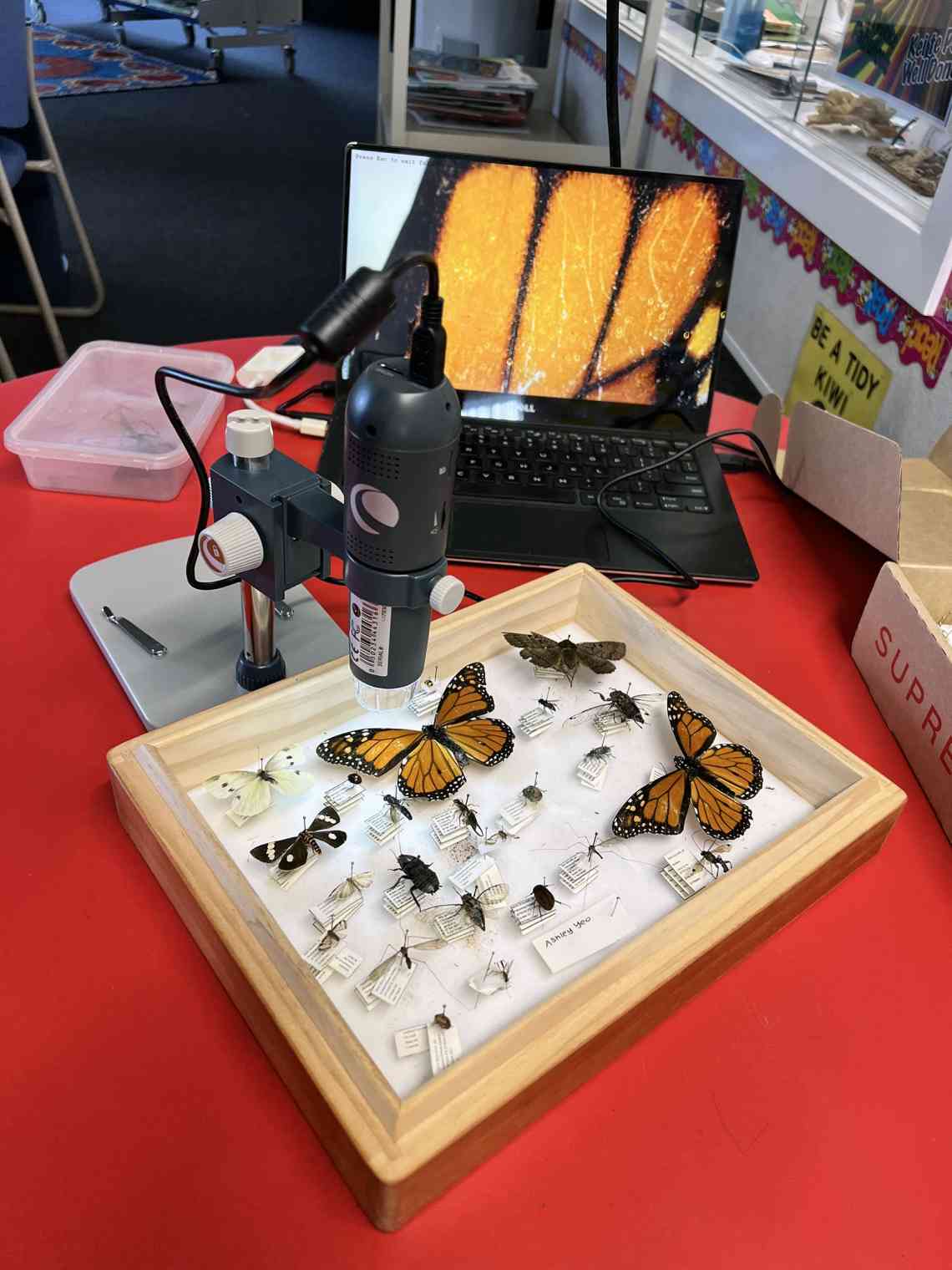
Senior tamariki at Henderson North Primary School are embarking on a unique learning journey through a WeSTEM project titled 'Measuring Mauri - Wetlands and Water'. This immersive experience guides the tamariki through research that explores how humans can have an impact on the health of wetlands and streams.
Imagine an Aotearoa New Zealand once teeming with lush wetlands and diverse wildlife. Now consider the profound impact of human settlement, where wetland areas have dwindled from a flourishing 9% to a mere 1%. Local community conservation trust Matuku Link is on a mission to restore these vital ecosystems, spotlighting their role in flood control, wildlife habitat and the preservation of diverse plant and animal life.
At Henderson North School, tamariki have embarked on an engaging exploration of wetlands to dive into the link between environmental health and human health. On September 12th, experts from Matuku Link visited the school for an interactive workshop featuring activities across ten key topics related to wetlands, including Māori perspectives, flora, fauna and pest management. Matuku Link's team brought learning to life with a 'wetlands in a box' experiment, using clay and sponges to illustrate how a wetland functions.
Dr. Sneh Patel, WeSTEM project manager, was impressed by the students' enthusiasm and the way their learning experiences were connected throughout the day. "The students' excitement was infectious, and it was wonderful to see how they carried their learning from one workshop to the next."
By the end of the day, the students had a thorough understanding of wetland ecosystems and the interdependence of their components.
The next phase of the project involves field trips to the Matuku Link wetlands near Te Henga in the Waitākere Ranges. These excursions will provide hands-on opportunities for students to connect with te taiao and apply their classroom knowledge to real-world situations, deepening their understanding of wetland ecology and conservation efforts.
This project underscores the power of collaborative learning and the importance of incorporating indigenous knowledge into environmental education. By bridging the gap between science, culture and practical experiences, it aims to empower students to become kaitiaki of their local environment and advocates for wetland conservation.

